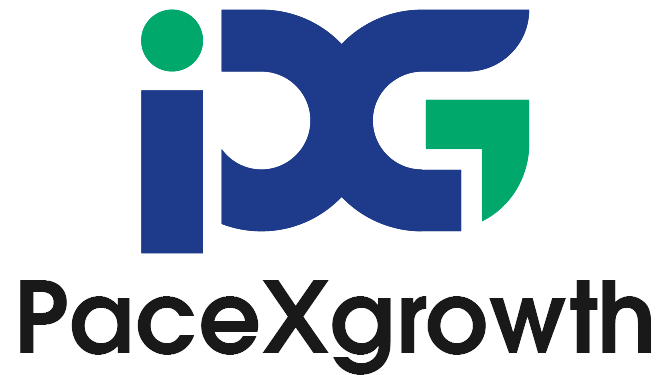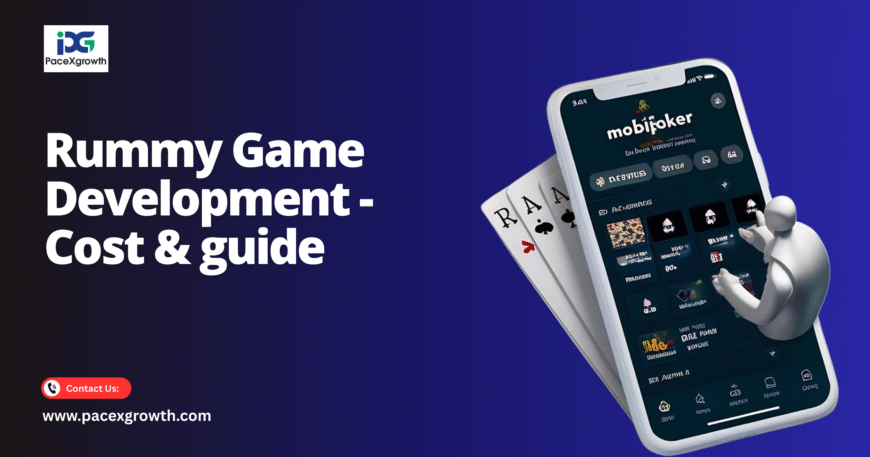The Role of IT Staff Augmentation in Gaming App Development
As digital entertainment continues to surge, the gaming industry emerges as a front-runner in innovation and rapid growth. Whether it’s high-stakes multiplayer experiences or addictive mobile games, the demand for engaging, high-performance content has never been greater. Meeting these expectations requires game development teams to scale quickly, tap into specialized skill sets, and maintain cost efficiency—all of which can be difficult to achieve through conventional hiring practices. That’s where IT staff augmentation services come into play. This model is gaining serious traction among gaming studios worldwide for its ability to fill talent gaps quickly and flexibly. In this blog, we’ll explore how IT staff augmentation is reshaping the way gaming apps are developed and why it has become a strategic advantage in a highly competitive space. What is IT Staff Augmentation in Gaming? IT staff augmentation is a hiring strategy where companies bring in external professionals—developers, designers, QA testers, and others—on a temporary basis to support specific projects. These professionals work as part of the existing internal team but are employed by a third-party IT staff augmentation company. For game developers, this approach means they can quickly access experienced talent without the long lead times, HR overhead, or financial commitments associated with permanent hires. Whether it’s filling in a sudden skill gap or scaling a team for a new game launch, IT staff augmentation services provide the agility modern game development requires. Why Gaming Studios Are Turning to IT Staff Augmentation 1. Rapid Team Scaling During Key Phases Game development is not linear—it often follows a sprint model where intense work is followed by periods of maintenance or iteration. During those peak times, studios might need additional coders, animators, or testers immediately. Partnering with a staff augmentation company in the USA enables studios to scale their team quickly without compromising quality or delaying milestones. For example, during alpha and beta phases, more QA resources might be needed. Or when porting a game to a new platform, specialized skills become necessary. Augmentation makes this possible without the lag of traditional hiring. 2. Access to In-Demand and Niche Skills Games today are more than just graphics and code—they often include complex backends, AR/VR experiences, multiplayer environments, and blockchain integration. Sourcing such expertise internally can be time-consuming and costly. An IT staff augmentation company can provide ready access to Unity or Unreal Engine developers, AR/VR specialists, 3D animators, and even AI/ML engineers who understand gaming environments. This ability to plug in niche talent on demand is one of the biggest reasons gaming studios favor this model over full-time recruitment. 3. Cost Control and Operational Flexibility Budget constraints are always top of mind, especially for indie developers or mid-sized studios. Full-time employees come with fixed salaries, benefits, onboarding costs, and infrastructure needs. With IT staff augmentation services, studios pay only for the talent they need and for the duration they need it—making it a highly cost-effective model. Moreover, since augmented staff operate under your direction, studios can maintain full control of project workflows while reducing HR and administrative burdens. 4. Seamless Integration and Retained Control Unlike traditional outsourcing where entire projects are handed off, IT staff augmentation allows augmented team members to work within your processes and systems. They attend your meetings, report to your project managers, and contribute just like internal employees. This level of integration ensures that the quality, timelines, and creative vision of the game remain firmly under your control. Get top tech talent—when you need it. Hire Today Key IT Roles Augmented in Gaming App Development When building a gaming app, different roles come into play across various development phases. Through IT staff augmentation, studios can tap into a variety of specialized roles: Game Developers: Skilled in Unity, Unreal Engine, C++, or C#, these professionals build the core mechanics and functionality of the game. UI/UX Designers: They craft the look, feel, and flow of the user interface, ensuring an intuitive and immersive experience. Backend Developers: Responsible for creating robust server-side infrastructure, essential for multiplayer, cloud saving, and user management. QA Testers: Handle bug tracking, stress testing, and compatibility checks across platforms and devices. DevOps Engineers: Help with continuous integration, deployment automation, and cloud optimization. 3D Modelers and Animators: Bring characters, environments, and animations to life. AR/VR Specialists: Build immersive experiences for next-gen gaming applications.This diversity of roles is often difficult to source in-house, especially within tight timelines. Staff augmentation bridges that gap efficiently. Addressing Game Development Challenges with Staff Augmentation Talent Shortage The demand for gaming talent is skyrocketing, but supply remains limited—especially for niche roles. Top IT staff augmentation companies can source professionals from global talent pools, ensuring that skill shortages don’t stall your project. Tight Deadlines Gaming markets move fast, and time-to-market can determine a game’s success or failure. By onboarding pre-vetted developers through IT staff augmentation services, teams can accelerate production without compromising quality. Testing and Quality Assurance Today’s gamers expect seamless performance. Glitches, bugs, or lags can kill user engagement. Augmented QA testers provide an additional layer of quality control, ensuring a bug-free and optimized game experience across devices and platforms. Scaling Post-Launch Games that gain popularity quickly require rapid scaling—both in terms of servers and support teams. With IT staff augmentation, studios can onboard DevOps engineers, backend developers, and support specialists within days to meet growing user demands. Real-World Impact: Staff Augmentation in Action Consider a mid-tier mobile game developer planning to launch a fantasy RPG. Their in-house team excelled in game design but lacked backend experience and 3D modeling expertise. Instead of hiring full-time, they collaborated with a top IT staff augmentation company. Within a week, they onboarded a backend developer experienced in Node.js and a 3D animator with prior gaming experience. The result? The team met their deadline, stayed within budget, and launched a polished game that quickly gained traction on the Play Store and App Store. Also Read: Why Startups and SMEs Are Turning to RPO Providers for Growth Hiring Why PaceXgrowth is the Ideal Talent Partner PaceXgrowth brings deep expertise











